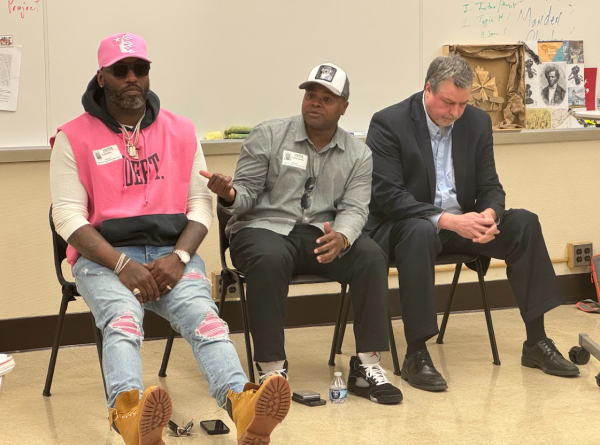Supreme Court Justice Ruth Bader Ginsburg, dead at 87
On Sept. 18, 2020, Supreme Court Justice Ruth Bader Ginsburg died due to complications of metastatic pancreatic cancer. She was one of four women to serve on the Supreme Court. Ginsburg famously worked for the American Civil Liberties Union and fought for gender equity across the nation as a professor, lawyer, and judge.
Her death struck the nation in an especially tense political context. Ginsburg, who voted liberally under a Republican presidency and Senate majority, was hailed as the saving grace by many Democrats. After her death, the court will have three liberal justices and five conservative. Her death has incited debate as to whether her spot should be replaced with less than two months before a presidential election (the president nominates the next justice, before a confirmation vote by the Senate).
Her death preceding a high-profile presidential election is similar to the circumstances of Justice Antonin Scalia’s death; he passed in Feb. 2016 before Clinton v. Trump election, 11 months before President Barack Obama’s term ended. After Scalia’s death, Obama put forth Merrick Garland to be the next Supreme Court Justice. However, Senate Majority Mitch McConnell refused to consider the nomination.
McConnell justified his response and said “The American people should have a voice in the selection of their next Supreme Court Justice. Therefore, this vacancy should not be filled until we have a new president.” Scalia’s seat was filled instead by Trump’s nominee Neil Gorsuch.
In McConnell’s response to Ginsburg’s death, he said “President Trump’s nominee will receive a vote on the floor of the United States Senate.”
Trump announced on Saturday 26 his new nominee for a justice to replace Ginsburg. Judge and Notre Dame law professor, Amy Coney-Barrett, 48, introduced herself formally to the nation immediately after being nominated.
She has dissented almost exclusively conservatively on past decisions during her three years as a judge for the United States Court of Appeals for the Seventh Circuit. She clerked for Scalia from 1989 and 1999, and says she follows most of his ideology. Coney-Barrett is a self-described originalist, meaning she tries to follow the Constitution as originally intended.
If she is appointed, the court will be 6-3 with a conservative majority, and there is fear in the Democratic party about the future. Regardless of who wins the presidential election, or who holds the majority in either branch of Congress, a Republican appointment guarantees a conservative majority in SCOTUS until a justice is impeached, retires, or dies. There is no knowing the next time a new justice will be appointed.
Ruth Bader Ginsburg will be remembered for her tenure as the first Jewish woman on the Supreme Court between 1993-2020 and her impact on gender equality in America. She was nominated by President Bill Clinton. She attended Harvard Law School, as one of nine women in a class of 500. She transferred later to Colombia Law SChool and graduated first in her class.
Ginsburg was a founder of the American Civil Liberty Union’s Women’s Right Projects. She tackled different sources of gender inequality by taking down specific laws rather than trying to defeat it in one case. Her casework helped guaruntee no preferrential treatment for men in any eyes of the law.
She continued working up until her death, even after countless cancer diagnoses and health ailments. In her final days, she said to private company, “My most fervent wish is that I will not be replaced until a new president is installed.”





